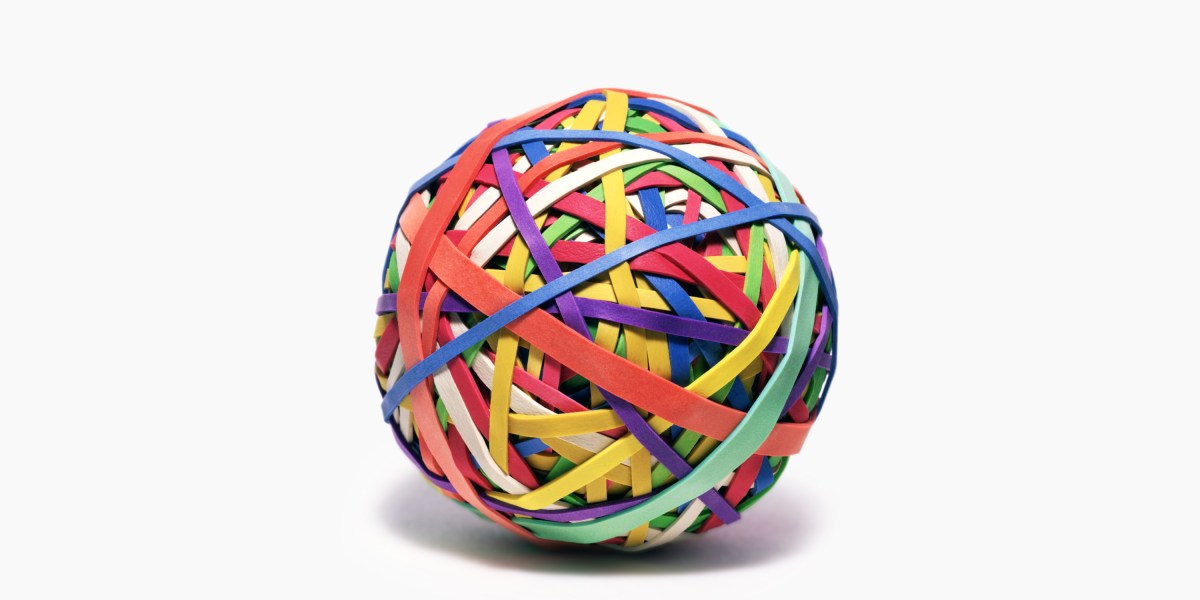
Polymers like these are commonly used in car parts and as the “ink” for 3D-printed objects. The researchers are now exploring applications of the approach to other materials, such as rubber.
“If you could make a rubber tire 10 times more resistant to tearing, that could have a dramatic impact on the lifetime of the tire and on the amount of microplastic waste that breaks off,” says Jeremiah Johnson, a professor of chemistry at MIT and one of the senior authors of the study.
A significant advantage of this approach is that it doesn’t appear to alter any other physical properties of the polymers, such as resistance to breaking down when heated.
“Polymer engineers know how to make materials tougher, but it invariably involves changing some other property of the material that you don’t want to change. Here, the toughness enhancement comes without any other significant change in physical properties—at least that we can measure,” says Stephen Craig, a professor of chemistry at Duke University and another senior author.
The project was a follow-up to a 2021 study in which Craig, Duke professor Michael Rubinstein, and MIT professor Bradley Olsen measured the strength of star polymer networks, which are made from two types of building blocks: a star shape with four arms and a linker that binds to the end of each arm, creating a net-like structure. As expected, when weaker end-linkers were used to hold the polymer strands together, the material became weaker.
In the new work, the researchers investigated a different type of network in which polymer strands are cross-linked to other strands in random locations instead of being joined at the ends. This time, using weaker linkers made the material much more resistant to tearing.
The reason, the researchers believe, is that the weaker bonds are randomly distributed as junctions between otherwise strong strands throughout the material. When this material is stretched to the breaking point, any cracks propagating through it try to avoid the stronger bonds and go through the weaker bonds instead. This means the crack has to break more bonds than it would if all of the bonds were the same strength.
“Even though those bonds are weaker, more of them end up needing to be broken, because the crack takes a path through the weakest bonds, which ends up being a longer path,” Johnson says.
In fact, polyacrylates that incorporated some weaker linkers were nine to 10 times harder to tear than polyacrylates made with stronger cross-linking molecules, even when the weak cross-linkers made up only about 2% of the material.
“For two materials to have the same structure and same properties at the network level, but have an almost order-of-magnitude difference in tearing, is quite rare,” Johnson says.
